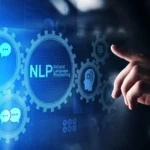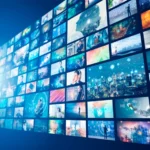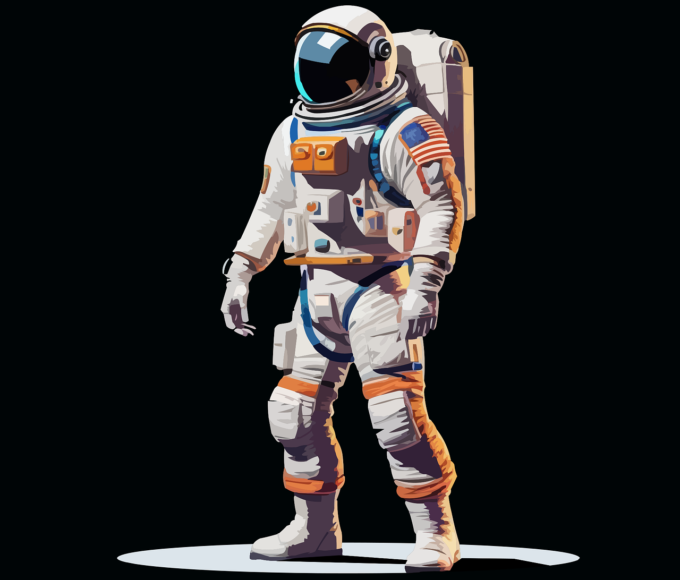In today’s interconnected world, two ground-breaking technologies, Artificial Intelligence (AI) and the Internet of Things (IoT), have emerged as transformative forces. Individually, AI and IoT have revolutionized various industries, but when they come together, their potential for advancing intelligent automation is unparalleled. The integration of AI and IoT enables devices and systems to communicate, collect, and analyse vast amounts of data, empowering them to make intelligent decisions in real time. In this blog, let’s explore the exciting intersection of AI and IoT, its implications, and how it is driving the future of intelligent automation.
Enabling Data-Driven Insights:
The IoT generates an enormous volume of data from interconnected devices, sensors, and systems. However, the real value lies in extracting meaningful insights from this data. With the help of AI algorithms like machine learning and deep learning, IoT systems can process and analyze massive data sets. By harnessing the power of AI, organizations can derive actionable insights from IoT-generated data, allowing for predictive maintenance, optimized resource allocation, and enhanced decision-making capabilities.
Real-Time Automation and Adaptability:
The integration of AI and IoT opens the door to real-time automation and adaptability across industries. AI algorithms process data at incredible speeds, while IoT provides connectivity, enabling autonomous systems to respond to changing conditions and make intelligent decisions without human intervention. For instance, imagine smart homes equipped with AI-enabled IoT devices that can optimize energy usage based on occupants’ preferences and real-time data. This not only reduces energy consumption but also leads to cost savings.
Enhanced Industrial Processes:
The convergence of AI and IoT is revolutionizing industrial processes. AI algorithms can analyze IoT-generated data to identify patterns, optimize workflows, and detect anomalies. This helps industries streamline operations, improve efficiency, and reduce downtime. Consider predictive maintenance, where AI algorithms analyze sensor data to predict equipment failures before they occur. This allows for timely maintenance, preventing costly disruptions and ensuring smooth operations.
Smarter Cities and Infrastructure:
The integration of AI and IoT holds tremendous potential for building smarter cities and infrastructure. By deploying IoT sensors throughout urban areas, AI algorithms can analyze real-time data to optimize traffic flow, reduce congestion, and enhance public safety. Additionally, AI-enabled IoT systems can monitor environmental conditions, enabling proactive measures to combat pollution and improve the overall quality of life for residents.
Healthcare Revolution:
The healthcare industry stands to benefit significantly from the synergy between AI and IoT. Wearable devices equipped with IoT sensors can continuously monitor patients’ vital signs and transmit data to AI algorithms for real-time analysis(Eg. Devices made by Avantari Technologies).
This enables early detection of health issues, remote patient monitoring, and personalized treatment plans. AI-powered medical imaging systems can also assist doctors in diagnosing diseases accurately and efficiently, leading to improved patient outcomes and better healthcare delivery.
Security and Privacy Challenges:
While the integration of AI and IoT offers immense possibilities, it also presents security and privacy challenges. With a vast number of interconnected devices, ensuring data security and privacy becomes paramount.
Organizations must implement robust security protocols, encryption mechanisms, and access controls to protect sensitive information from unauthorized access and potential cyber threats. Striking the right balance between innovation and security is crucial for the successful implementation of AI-IoT solutions.
The convergence of AI and IoT is driving the advancement of intelligent automation, transforming industries and our daily lives. By leveraging the power of AI algorithms to analyze the wealth of data generated by IoT devices, organizations can unlock new insights, optimize processes, and enhance decision-making capabilities.
From smart homes to industrial automation, from healthcare to smart cities, the possibilities are vast and exciting. However, it is crucial to address the security and privacy concerns associated with this integration to fully realize the potential of AI-IoT synergy.
As we move forward, the intersection of AI and IoT will continue to shape the future, bringing us closer to a world where intelligent automation becomes the norm and enriches our lives in countless ways.
















Leave a comment